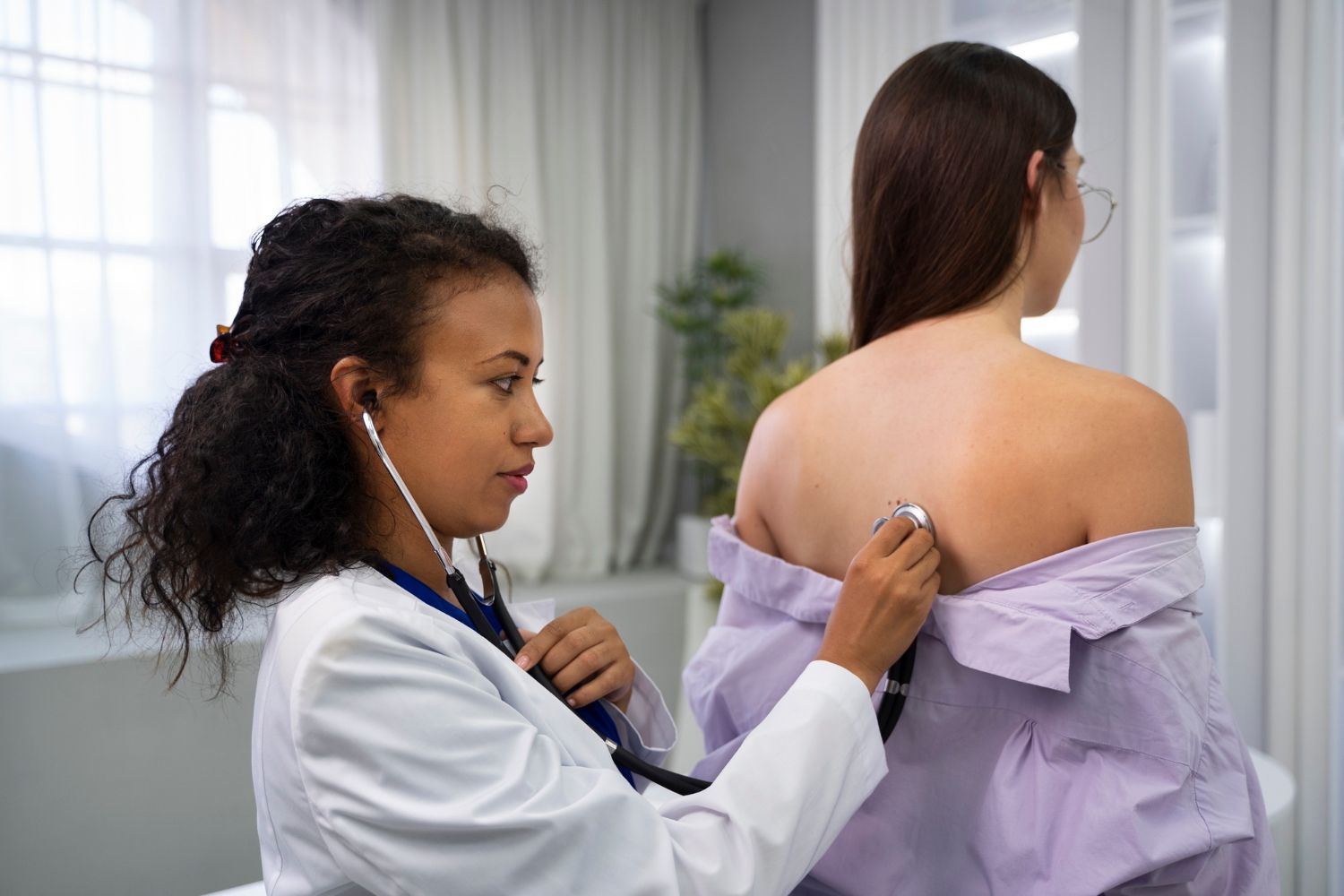
P17A Expanding Skills in Paediatric Minor Injuries: A Virtual Study Day for Experienced Practitioners
Course summary
Ready to expand your expertise beyond adults? This practical virtual study day is designed for confident and experienced clinicians seeking to enhance their skills in assessing, diagnosing, and managing children aged 1–18 in urgent and first‑contact settings.
Who should attend?
Ideal for experienced professionals who regularly manage minor injuries and are looking to extend their clinical confidence into paediatric care:
- Emergency Nurse Practitioners (ENPs)
- Advanced Nurse Practitioners (ANPs)
- Nurse Practitioners (NPs)
- Paramedic ACPs
- Allied Health Professional ACPs
Important notes
Course material, evaluations and certificate of attendance provided. This course runs from 9:30am- 4:30pm and is delivered virtually on Zoom. .
Completion of this course is not a guarantee of competency. Support and practice in the workplace with an experienced facilitator is required to attain competence level.
Cost
| Course duration | Course CPD | Full price (incl VAT) per person |
|---|---|---|
| 1 day(s) | 8 hour(s) | £199 |
Discounts
| Dates | Block size | Block discount |
|---|---|---|
| 22/05/2026 | 4 | 10% |
| 23/09/2026 | 4 | 10% |
Dates / venues
| Location - venue | Dates | No. of people |
|---|
Aims / objectives
By the end of this study day, participants will be able to:
• Take focused, age‑appropriate histories from paediatric patients and caregivers.
• Identify normal vs. abnormal paediatric anatomical development relevant to injuries.
• Diagnose and manage common upper and lower limb injuries in children using best‑practice, evidence‑based care.
• Interpret paediatric X‑rays with improved accuracy, recognising subtle and growth‑related patterns.
• Assess and manage minor head injuries in children.
• Identify red flags, including non‑accidental injuries.
Course programme
Welcome & Introduction
Session 1: Taking Histories from Children – Beyond the Basics
• Developmentally appropriate history taking for all age groups
• Injury aetiology in paediatrics
• Pain assessment and management in children
Session 2: Paediatric Anatomy and Development
• Growth plates, bone physiology, and ligament laxity explained
• How anatomical differences influence assessment and treatment
Session 3: Upper Limb Injuries
• Recognising key injury patterns from pulled elbows, supracondylar fractures, and more
• Practical X‑ray interpretation using real clinical examples
Session 4: Lower Limb Injuries
• Toddler fractures, growth plate injuries: what to look for including mechanisms of injury
• Lower‑limb X‑ray interpretation, including non‑injury presentations
Session 5: Head Injury
• Key anatomical considerations in paediatric head injury assessment
• Evidence‑based management, red flags, onward referral, and return‑to‑activity advice
Led by
TBA
Participant Voices!
“Clear, practical, and directly relevant — I feel much more confident managing paediatric injuries now.”
“Fantastic course with real-life scenarios and approachable instructors. Highly recommended.”
“Concise yet comprehensive. I’ve already applied what I learned in clinic.”
“Exceeded my expectations — I now feel capable and confident assessing children safely.”

 Click to view clip
Click to view clip